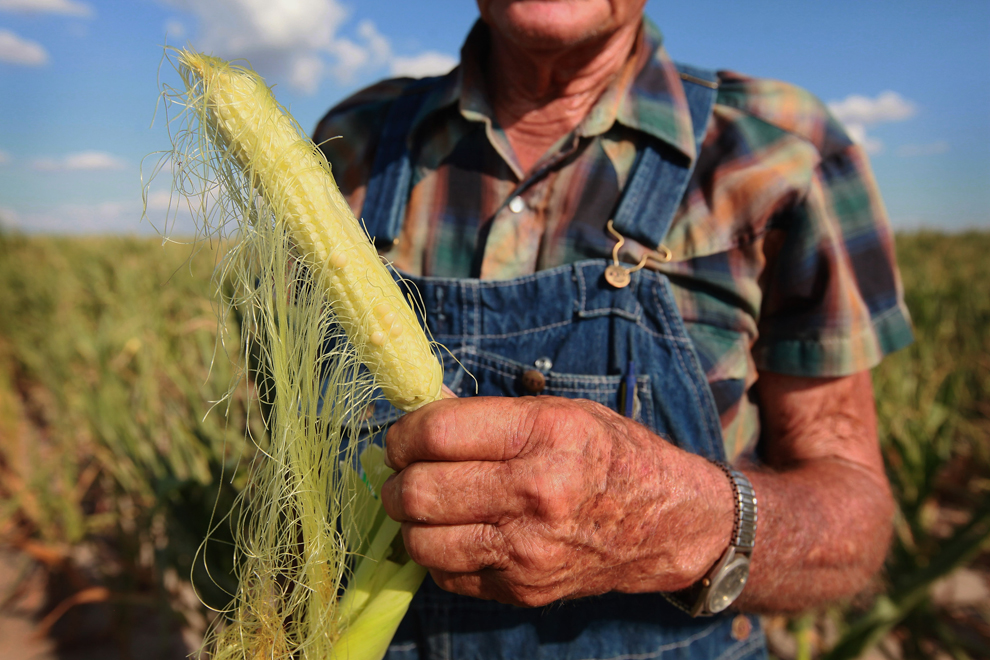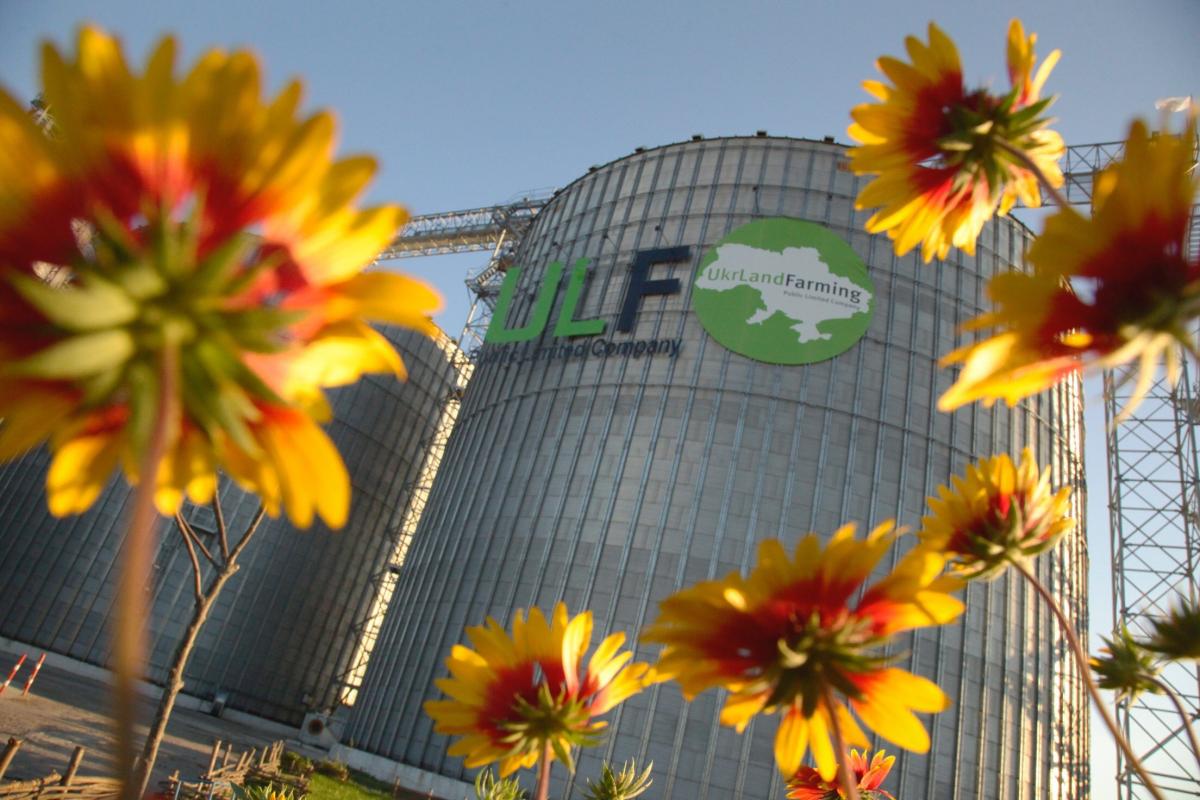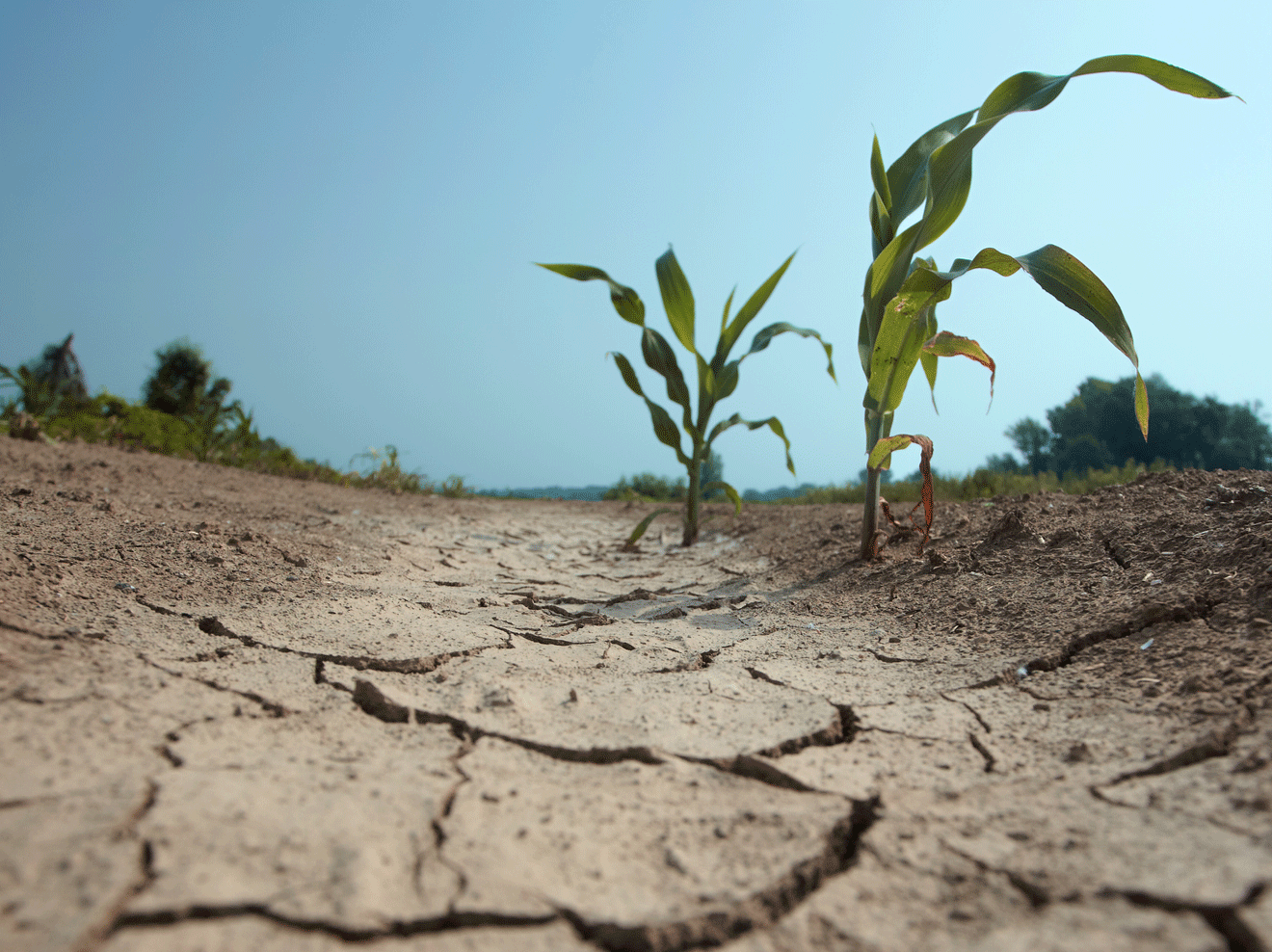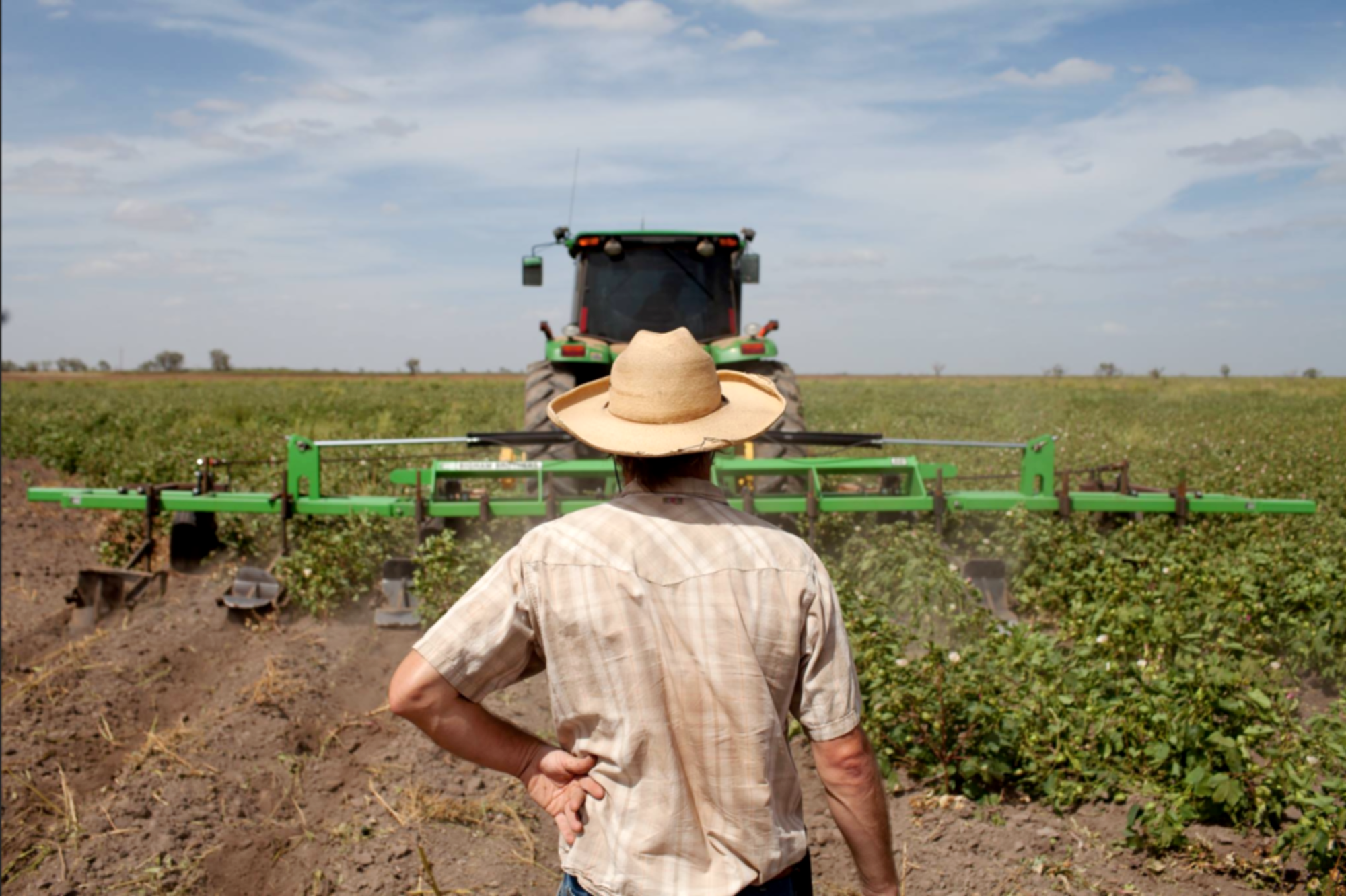Following the collapse of the Soviet Union in the early 1990s, newly independent Ukraine carried out a land reform designed to abolish the collective farm system and distribute land among the peasants, laying the foundation for the development of a private economy. But in 2001, fearing the possible consequences of launching a land market, the Ukrainian parliament (the Verkhovna Rada) introduced a moratorium on the sale and purchase of agricultural land. The moratorium has been extended ten times since then, as the majority of the population do not support lifting it and the authorities are afraid to take this step. Currently, the government plans to introduce an agricultural land market—but only for Ukrainian citizens. In 2018, the European Court of Human Rights ruled that the moratorium violated the rights of landowners. Additionally, the International Monetary Fund has long required the introduction of an agricultural land market as a precondition to obtaining new loans. The only question is thus when the moratorium will be lifted—and most importantly, what the new rules will be.

An Unpopular Decision
The Zelensky government’s planned reform only grants the right to purchase and sell land to Ukrainian citizens. The government seems to be protecting national resources from being captured by foreign corporations. Currently, companies with foreign capital cultivate only four percent of all agricultural land in Ukraine. Some parts of large and small agribusiness support the reform, while other sections are involved in organizing protests against it. The lifting of the moratorium may be one of the least popular moves by the new government, and other political forces are trying to exploit it to improve their own standing.
The opposition parties All-Ukrainian Union “Fatherland” (Batkivshchyna) and Opposition Platform—For Life oppose the opening of the land market, while European Solidarity led by former president Petro Poroshenko and their ideological fellow-travellers Voice (Holos) favour delaying the moratorium decision. All these parties have members involved in agribusiness, but lobbying for their interests is often side-lined when parties need to win over the electorate during renewed protest waves. Thus, at the end of 2018 President Poroshenko called to lift the moratorium as fast as possible, but after moving to the opposition he now calls for delaying the decision. The far-right parties Svoboda and National Corps also play a significant role in protests against the reform. The radical militant wing of the National Corps was involved in clashes with police during land protests.
In general, political attitudes towards the lifting of the moratorium can be characterized as situational. Understanding the volatility of the issue among voters, parties in opposition tend to slow down lifting the moratorium, but when they come to power (not least because of pressure from creditors) advocate for opening the land market. The land issue has long been a trigger for voters, similar to the language issue or that of national remembrance culture. Its roots lie in Ukrainian history, dating back to when survival depended on land ownership. Taken together with the political trajectory of the last two decades, today, the words “land sale” provoke a storm of emotions among various sections of the electorate. The topic is actively exploited by Ukrainian nationalists, who interpret the sale of land as a betrayal of national interests—a transfer of “national wealth” to foreigners.

Monopolizing the Monopolies
The moratorium aimed to prevent the concentration of land in the hands of large agricultural holdings, but failed to do so. Despite the formal ban on sale and purchase, over the past two decades a remarkable concentration of land has taken place in Ukraine. This is because millions of landowners are unable to cultivate their land on their own, and thus rent it out at low prices—mainly to large agricultural holdings. There are no legal mechanisms for land demonopolization. There are dozens of agricultural holdings in Ukraine with land banks containing tens if not hundreds of thousands of hectares that heavily influence public policy. The ten largest agricultural companies own about 10 percent of agricultural land, while the top 100 own nearly one quarter (the same amount of land is owned by about four million small landowners).
The average size of an agribusiness in Ukraine is 1,058 hectares, while the equivalent figure in the EU is only 16.6 hectares. Many Ukrainian agricultural holdings cultivate hundreds of thousands of hectares. One of the largest oligarchs in grain production, Ukraine’s specialization, is the infamous Oleg Bakhmatyuk. Owing billions of dollars to private depositors of his banks, the Ukrainian national budget, and even foreign investors, he also owns companies with acreage that would be considered massive even in the monopolized agricultural market of Ukraine. His company, Ukrlandfarming, holds a total of 570,000 hectares of land.
The second-largest player in Ukraine’s agrarian market is the company Kernel, with 600,000 hectares of land. Kernel is controlled by Ukrainian oligarch Andriy Verevskyi, whose wealth is estimated to exceed one billion US dollars. Interestingly enough, this oligarch—who owns one of the largest agribusinesses in Eastern Europe—has been a member of four parliamentary assemblies for four different parties, and even served on the Committee on Agrarian Policy and Land Relations. Today that committee is headed by Mykola Solsky, founder of Ukrainian Agrarian Holding (which cultivates over 50,000 hectares).
Large agribusiness controls 60 percent of Ukrainian agricultural land, food markets, supply chains, and receives 60 percent of the government’s agricultural subsidies. All this leaves farmer households with little opportunity for successful development. There are no viable mechanisms to protect small farmers in Ukraine, and intermediary business is substantially monopolized and criminalized. Agroholdings are interested in export-oriented monocultural production (primarily wheat, barley, and maize), exported mainly through offshore schemes. Offshore exports of wheat and maize alone resulted in a 1.5 billion dollar tax exemption for 2015–2017. Agroholdings avoid time- and labour-consuming food products like potatoes, vegetables, fruits, meat, and dairy. This market niche in Ukraine is occupied mostly by small peasant farms.

Stopping the Race to the Bottom
42.7 million hectares (70.8 percent of Ukraine’s territory) are agricultural land. During the land reform, 6.9 million rural residents (about 16 percent of the total population) received 27.7 million hectares of agricultural land as private property by breaking up the land of former collective farms. 41 million hectares are subject to the moratorium: 31.5 million hectares are privately owned and 10.5 million hectares are state or communal property. Currently, about 4.7 million private owners (70 percent of the total) lease their land to agricultural producers. The total size of the official rental market is about 17 million hectares. At the same time, Ukraine’s rural population is on the verge of poverty: 44 percent of people earn an income below the subsistence level, and 7 percent suffer from malnutrition.
This forces owners to lease the land at very low prices, while many shareholders seek to sell their land. At the same time, a shadow market has emerged for the sale and purchase of land, using semi-legal means to change ownership. Studies show that the average price on the shadow market is 1,365 euro per hectare, with the price falling by 25 percent between 2016 and 2019. Even liberal economists admit that supply will far exceed demand once the moratorium on the land market is lifted, bringing down the price even more. The situation is further complicated by the prevalence of business raiding in Ukraine, as well as the government’s plans to sell some state-owned land. This poses the risk that, after the moratorium is lifted, much of the land will be bought up for practically nothing.
Alongside the social dimension of the problem, we must also acknowledge the environmental one. Arable land occupies 54 percent of Ukraine’s territory (84 percent of it is privately owned), while the average ploughing rate in the EU is 25 percent. This represents one of the major environmental threats in Ukraine. Considering that 53 percent of the country’s territory is privately owned, the state risks losing control over soil, land, and environmental policy on most Ukrainian territory. The industrial model of agriculture (the use of chemical fertilizers, pesticides, and heavy machinery, monoculture cultivation) employed by a large number of agricultural holdings has a devastating impact on the environment. It leads to soil degradation, erosion, and loss of fertility, as well as reduced biodiversity. In particular, the total area of ??agricultural land affected by water erosion is 10.6 million hectares (32 percent of the total area), the annual growth of eroded arable land is 60–80,000 hectares, and the annual loss of humus is 0.65 tons per hectare. Additionally, we can observe significant negative changes with small rivers over the last 20–30 years. Failure to change this situation will result in the disappearance of rivers and desertification.
In order to prevent such processes, in the 1990s Ukrainian scientists proposed withdrawing 9 million hectares of arable, eroded land and turning it into meadows, steppes, and forests. Yet the government ignored the proposal and transferred these lands into private hands. Due to the moratorium, however, there is still a chance to turn that land into state property and transfer it to the nature reserve fund before it is purchased by agricultural holdings. In order to do so, a temporary state monopoly on land purchases should be introduced instead of a moratorium. This could constitute a compromise between those who want to sell land and the broader social interest, so that large companies do not buy it. Money for this can be raised from environmental taxes, which currently are often not used for their intended purpose. We must also preserve and transfer some of the state’s agricultural lands to the nature reserve fund.
With regard to the moratorium specifically, we propose several general recommendations for agricultural policy:
– Prevent the sale of state land.
– Do not transfer eroded state-owned land to local communities.
– Introduce a temporary state monopoly on the purchase of agricultural land.
– Raise taxes on eroded arable land under cultivation.
– Develop environmental legislation protecting the environment from irresponsible agricultural production.
– Purchase eroded arable land from private owners and conserve it.
– Develop a strategy to encourage small landowners: from start-up funding for young farmers to developing infrastructure facilitating small producers’ market access. The state could also lease its fertile arable land to small farmers on preferential terms. This will help to prevent monopolization of rent by agricultural holdings.
Only after implementing these measures could the ban on private owners purchasing agricultural land be lifted. However, together with the launch of the land market, the state must also implement strict enforcement of anti-monopoly regulation—one entity should own no more than 35 percent of the agricultural area in any given region. Land tax rates must also be raised to combat speculative land tenure.



